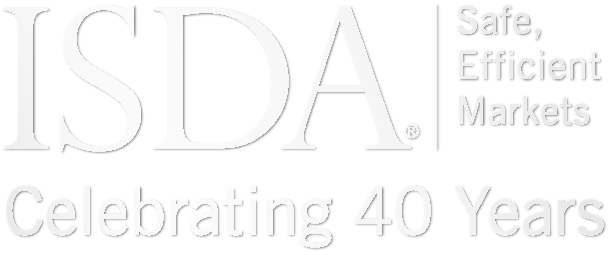The announcement in October 2017 that the European Commission (EC) and US Commodity Futures Trading Commission (CFTC) had reached agreement on the mutual recognition of derivatives trading venues marked a big step forward in achieving cross-border harmonization between the European Union (EU) and US.
However, the agreement has spawned a number of important questions about the practical implications of how cross-border trading will work. This guide attempts to answer those questions. In particular, it analyzes the effect of mutual recognition on the order flow of trades executed on these venues, highlighting benefits and pointing to areas where further alignment would be welcome. The guide is also intended to help market participants navigate the numerous regulatory requirements related to trading on recognized venues by providing answers to commonly asked questions.
Documents (1) for A Practical Guide to Navigating Derivatives Trading on US/EU Recognized Trading Venues
Latest
Response on Commodity Derivatives Markets
On April 22, ISDA and FIA submitted a joint response to the European Commission’s (EC) consultation on the functioning of commodity derivatives markets and certain aspects relating to spot energy markets. In addition to questions on position management, reporting and...
Episode 50: The Value of Derivatives
A new report from ISDA shows that companies all over the world use derivatives to alleviate uncertainty, transfer risk and enhance profitability. ISDA discusses the findings with Boston Consulting Group’s Roy Choudhury. Please view this page via Chrome to access...
ISDA/IIF Response to EC Market Risk Consultation
On February 22, ISDA and the Institute of International Finance (IIF) submitted a joint response to the European Commission’s (EC) consultation on the application of the market risk prudential framework. The associations believe the capital framework should be risk-appropriate and...
ISDA Submits Letter on Environmental Credits
On April 15, ISDA submitted a response to the Financial Accounting Standards Board’s (FASB) consultation on environmental credits and environmental credit obligations. The response supports the FASB’s overall proposals to establish clear and consistent accounting guidance for environmental credits, but...


